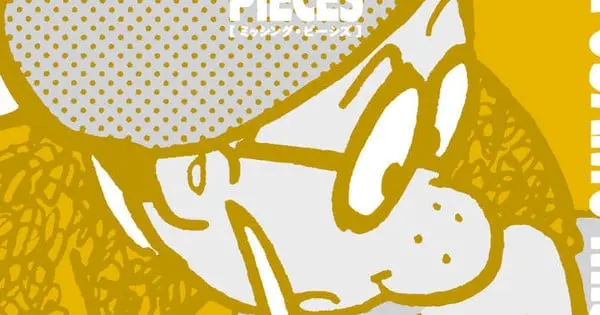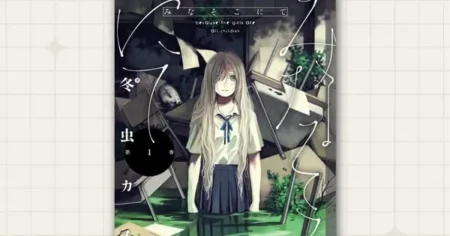Three unknown storyboards by the legendary Osamu Tezuka, widely revered as the “God of Manga,” have been discovered at Tezuka Productions’ original artwork repository in Niiza, Saitama Prefecture, Japan. The significant find, consisting of pencil sketches with detailed panel layouts, characters, and dialogue, is believed to date back to around 1973, a period when Tezuka faced considerable challenges following the bankruptcy of his animation studio. Tezuka Productions has hailed this as “arguably the biggest discovery” since the artist’s death in 1989, providing an invaluable glimpse into his creative process and previously unseen narratives.
Unearthing Hidden Narratives from a Prolific Master
The newly unearthed materials comprise three distinct storyboards, shedding light on the breadth of Tezuka’s ceaseless imagination. Two of the discovered works are entirely new, never-before-seen concepts, while the third is a prototype for a later published short story.
The Newly Revealed Works
Found inside two cardboard boxes in June, two of the storyboards present unfinished and untitled narratives. One is a 27-page story about a boy raised by a high-performance computer who undergoes a transformation into a leopard-like wild child. The second, a 28-page work, follows a young man’s investigation into his brother’s death on the Eiger in Switzerland. The reasons these compelling concepts remained unpublished are currently unknown.
A Glimpse into a Published Work’s Origins
The third storyboard is believed to be a 44-page prototype for a 1975 one-shot short story that features a main character caring for a young girl. This draft offers a rare opportunity to study the evolution of Tezuka’s storytelling, from initial concept to a published piece.
Significance of the Discovery
Osamu Tezuka’s influence on manga and anime is immense; he is credited with pioneering cinematic techniques in his panel layouts and developing the “story manga” genre. This latest discovery holds profound significance for scholars, fans, and the manga industry alike.
Insights into Tezuka’s Creative Struggles
According to Osamu Takeuchi, a professor emeritus at Doshisha University and an expert on Tezuka’s manga, the detailed storyboards are “invaluable materials” that could have easily become finished works once inked. Takeuchi notes that these findings “suggest that even Tezuka, currently known as the god of manga, struggled to survive” during the challenging period of 1973. This context provides a more nuanced understanding of the artist’s career, showing that even a figure of his stature faced creative and financial hurdles.
The Rarity of Unpublished Layouts
Hajime Tanaka, head of materials management at Tezuka Productions, emphasized the unprecedented nature of this find, stating it’s the first time such a large volume of storyboards for unpublished works has been discovered. While other unpublished Tezuka works have surfaced over the years—such as a teenage manga found in a second-hand bookstore in 2012 and a one-panel cartoon identified in 2023—the scale and detail of these storyboards for never-before-seen narratives make this a unique event.
Future Plans for the Discovered Works
The three newly discovered storyboards are not destined to remain hidden. They are slated for inclusion in a book to be published by Rittosha on November 14. This publication will allow a global audience to explore these captivating fragments of Tezuka’s genius, further cementing his legacy as a titan of storytelling and visual art. His prolific output, estimated at about 150,000 sheets during his lifetime, continues to yield treasures even decades after his passing.









